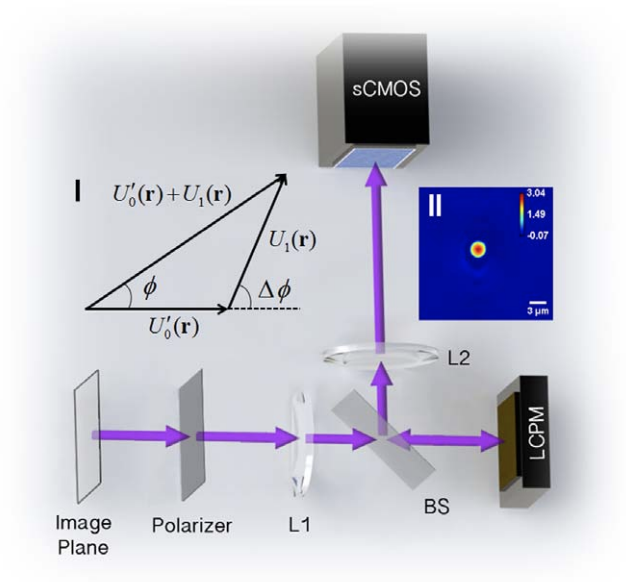(2013), CARDIOMYOCYTE IMAGING USING REAL-TIME SLIM, PLOS ONE 8(2) E56930

Spatial light interference microscopy (SLIM) is a highly sensitive quantitative phase imaging method, which is capable of unprecedented structure studies in biology and beyond. In addition to the p/2 shift introduced in phase contrast between the scattered and unscattered light from the sample, 4 phase shifts are generated in SLIM, by increments of p/2 using a reflective liquid crystal phase modulator (LCPM). As 4 phase shifted images are required to produce a quantitative phase image, the switching speed of the LCPM and the acquisition rate of the camera limit the acquisition rate and, thus, SLIM’s applicability to highly dynamic samples. In this paper we present a fast SLIM setup which can image at a maximum rate of 50 frames per second and provide in real-time quantitative phase images at 50/4 = 12.5 frames per second. We use a fast LCPM for phase shifting and a fast scientific-grade complementary metal oxide semiconductor (sCMOS) camera (Andor) for imaging. We present the dispersion relation, i.e. decay rate vs. spatial mode, associated with dynamic beating cardiomyocyte cells from the quantitative phase images obtained with the real-time SLIM system.

